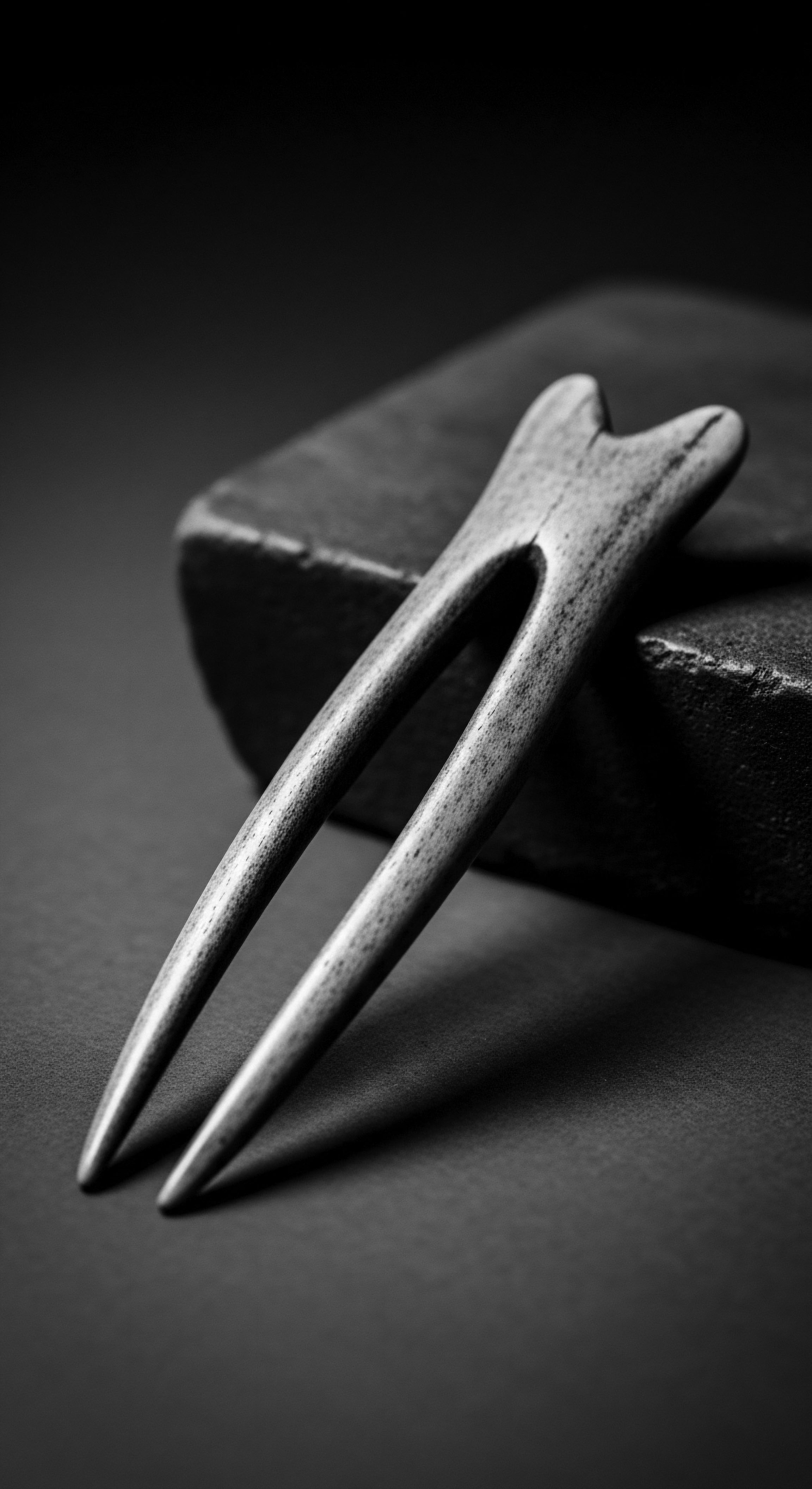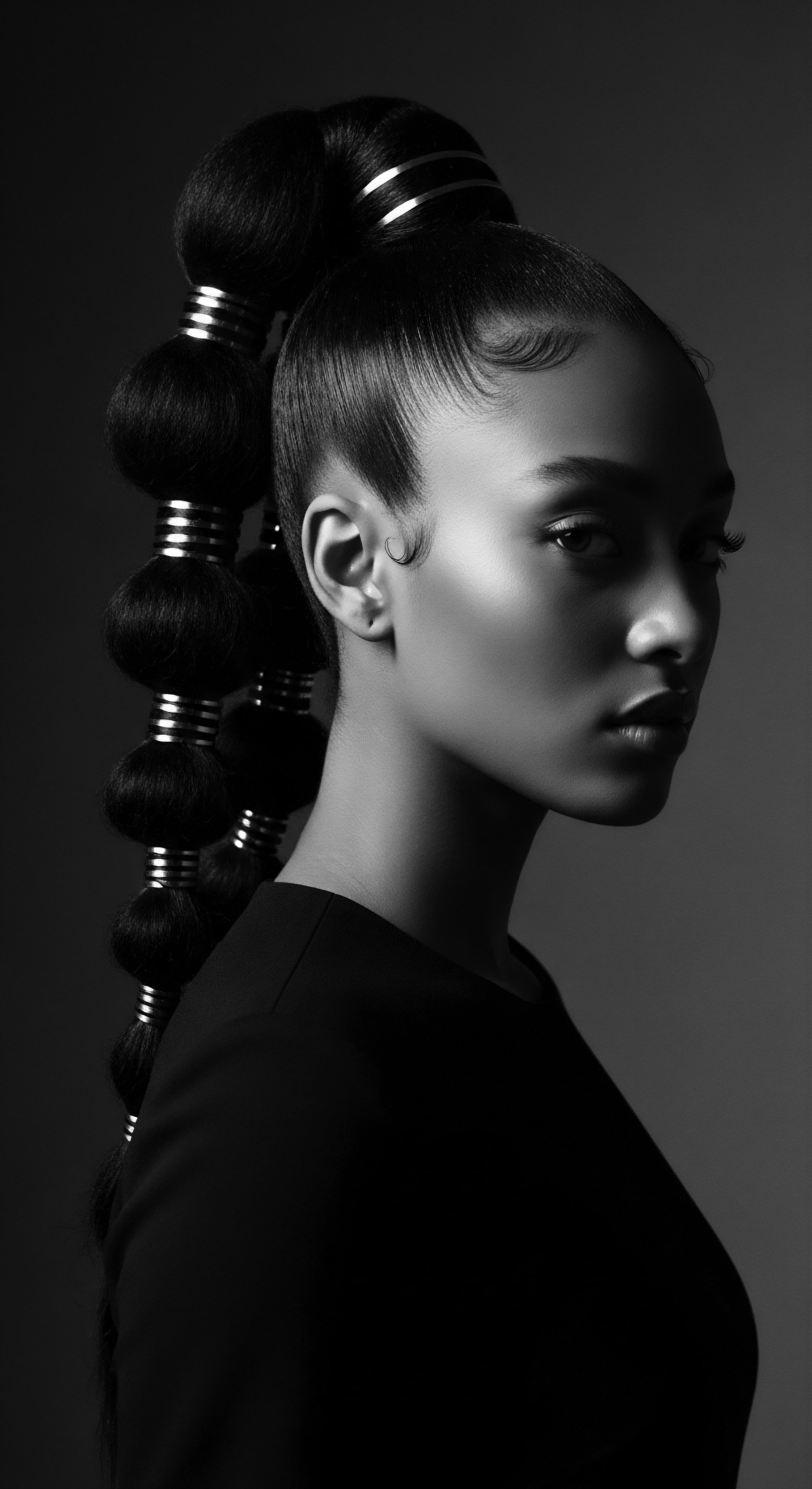
Can historical hair care methods provide a foundation for future scientific inquiry?
Historical hair care methods offer a scientific bedrock for future inquiry, unveiling natural efficacy rooted in textured hair heritage.
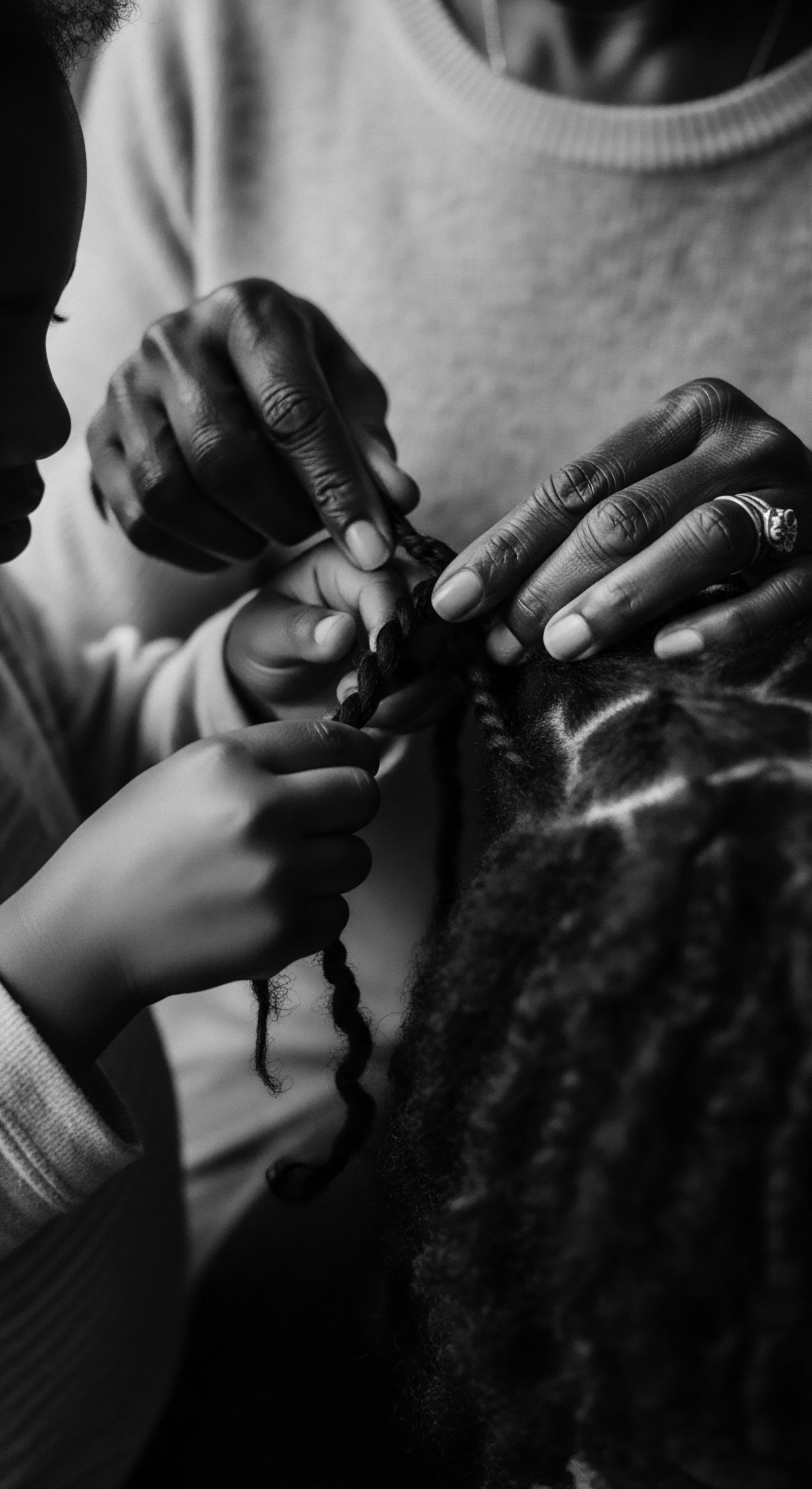
How do historical hair rituals protect aging textured strands?
Historical hair rituals, deeply rooted in Black heritage, protected aging textured strands through natural ingredients and mindful, low-manipulation styles.
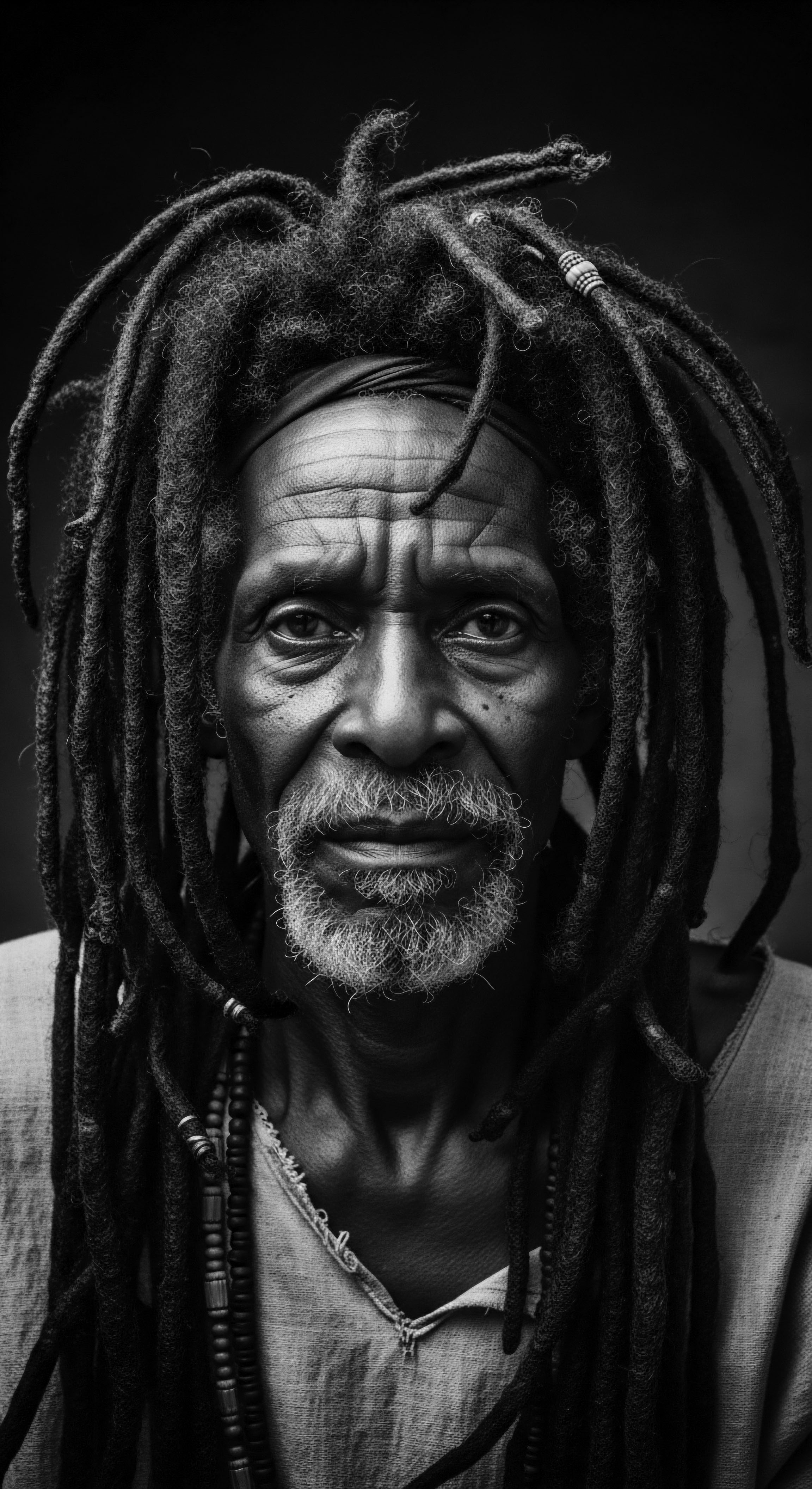
What traditional tools aided textured hair preservation?
Traditional tools for textured hair preservation are rooted in ancestral wisdom, spanning combs, wraps, and natural preparations.
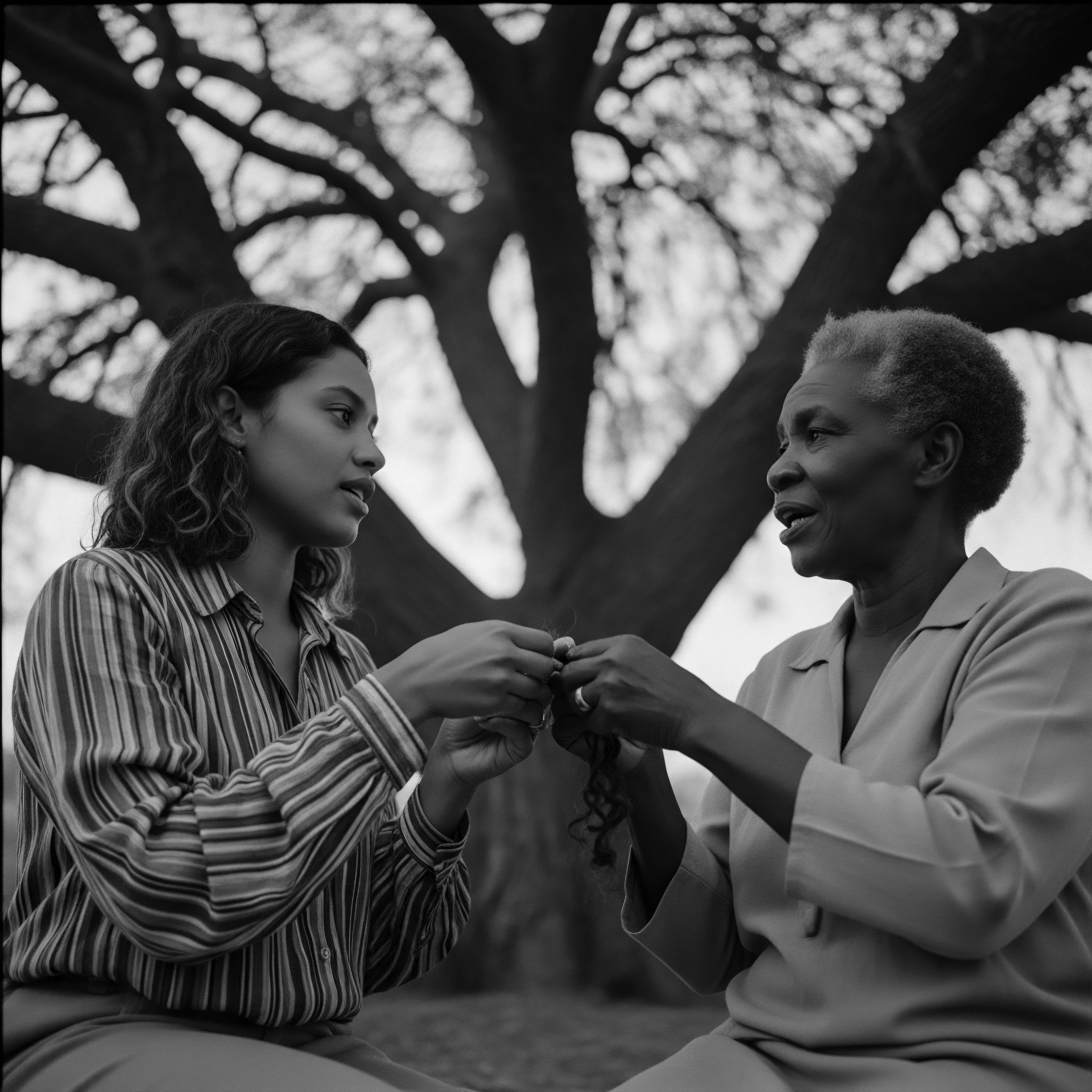
How does heritage shape our approach to textured hair care?
Heritage guides textured hair care by connecting ancestral wisdom, traditional practices, and cultural identity to modern routines.
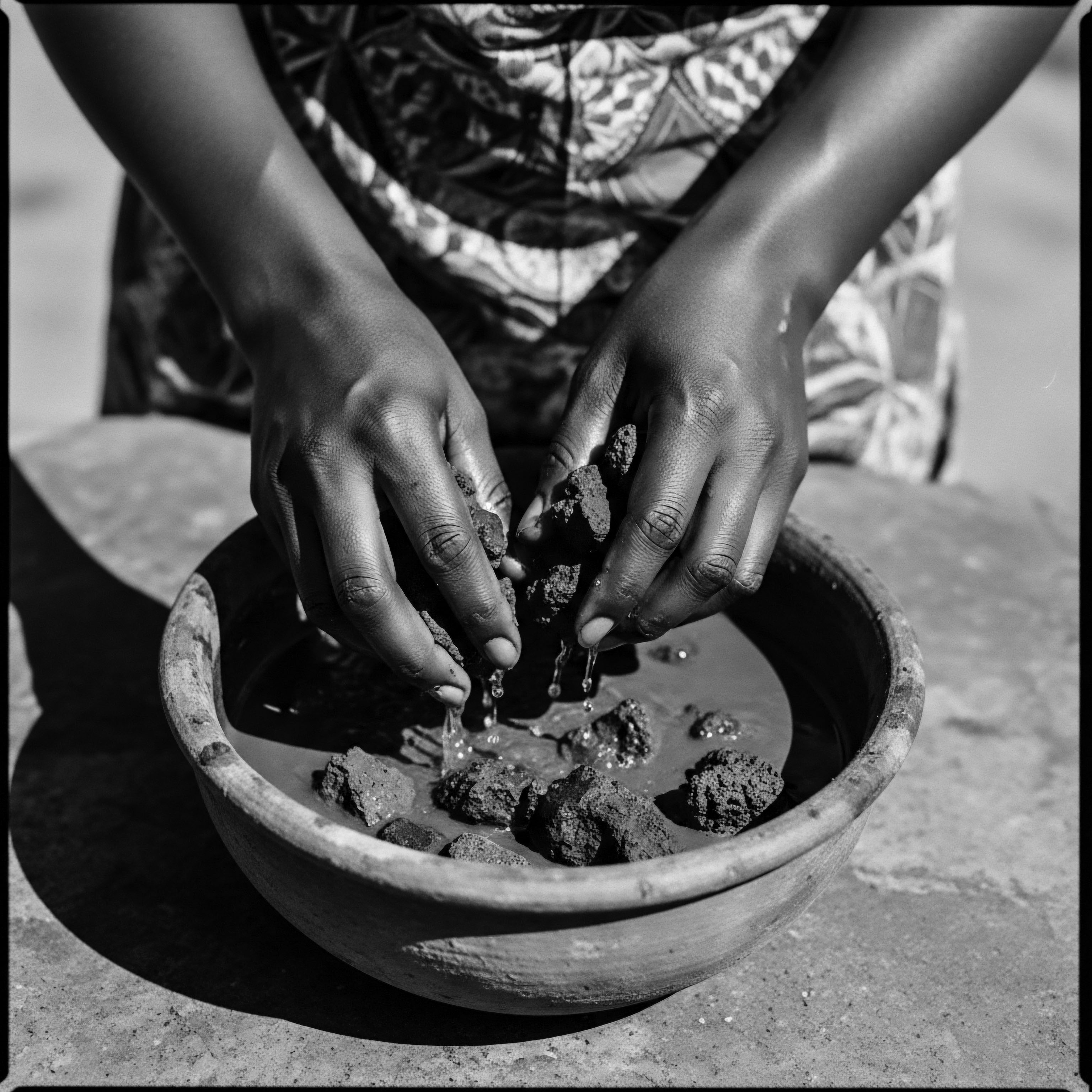
What historical plant cleansers benefited textured hair?
Historical plant cleansers for textured hair include soapnuts, shikakai, rhassoul clay, and yucca, valued for gentle, effective cleansing rooted in ancestral wisdom.
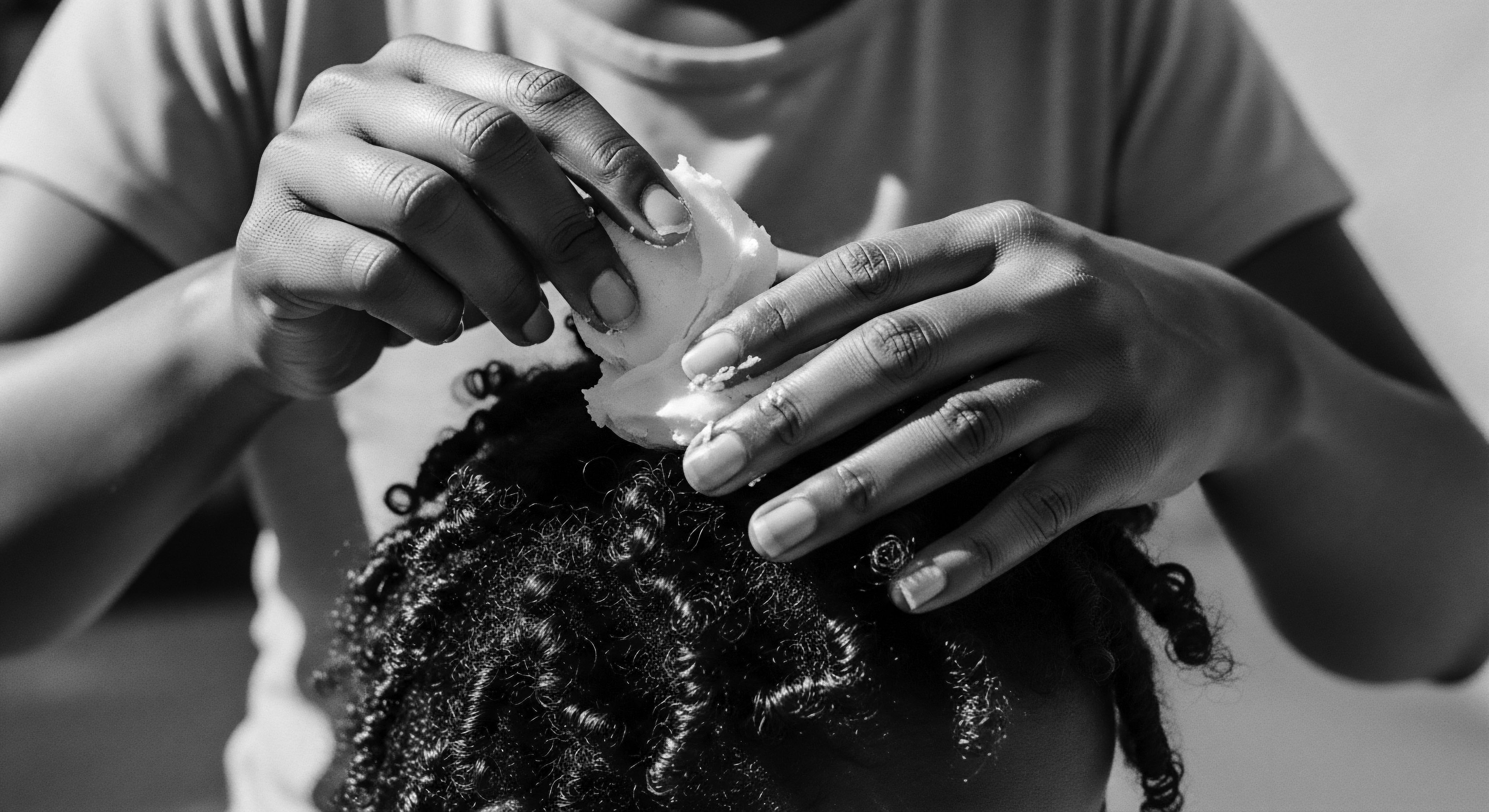
Which ancestral plant practices supported textured hair resilience?
Ancestral plant practices, deeply rooted in diverse Black and mixed-race heritage, safeguarded textured hair's strength and vitality through rich botanical wisdom.
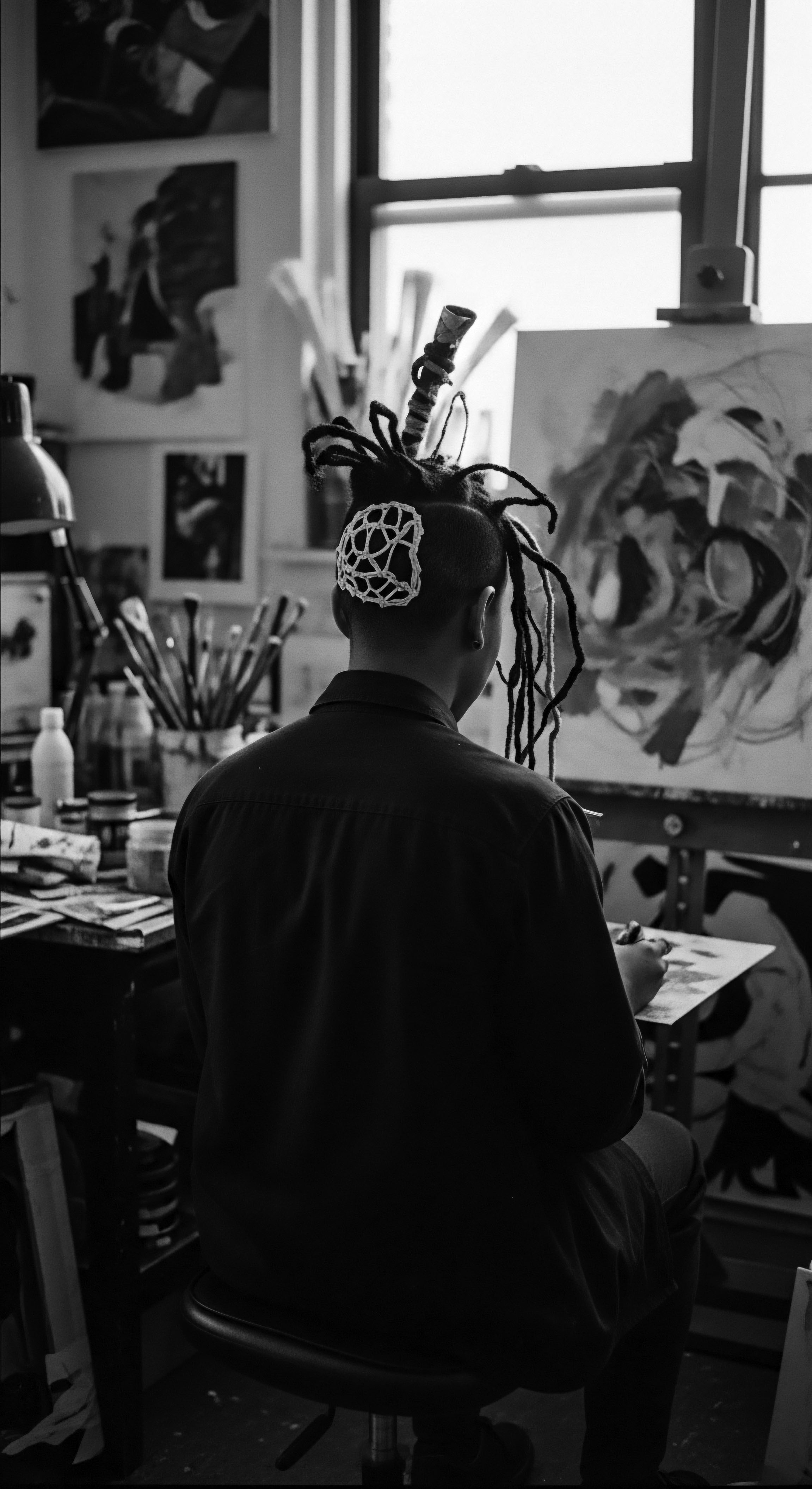
Argan Oil Origin
Meaning ❉ Argan Oil Origin details the unique botanical source, traditional Amazigh extraction, and cultural legacy connecting it to textured hair heritage.
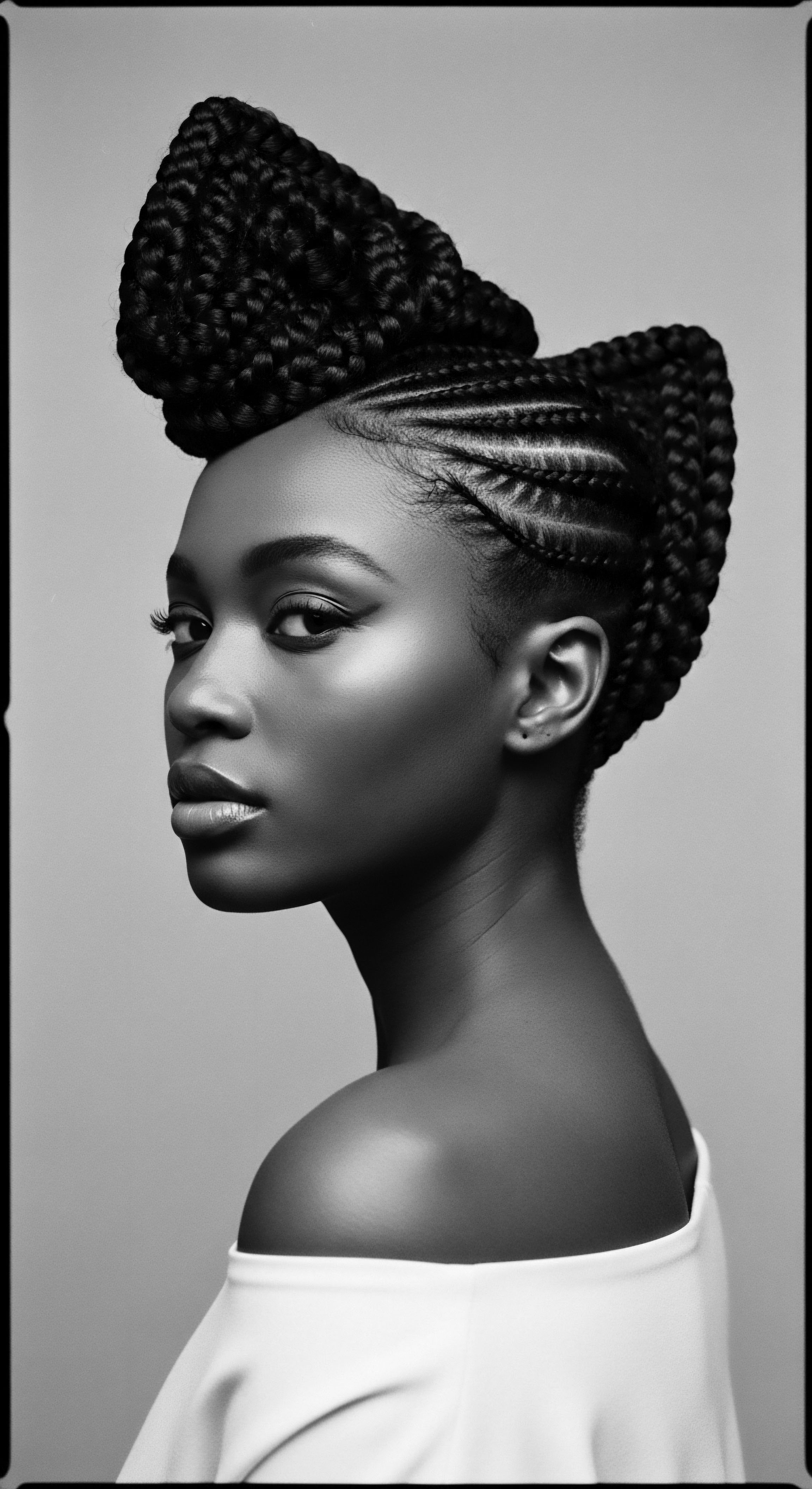
What ancestral practices influenced modern hair tools for textured hair?
Ancestral ingenuity with natural materials and intuitive care directly shaped modern textured hair tools and techniques.
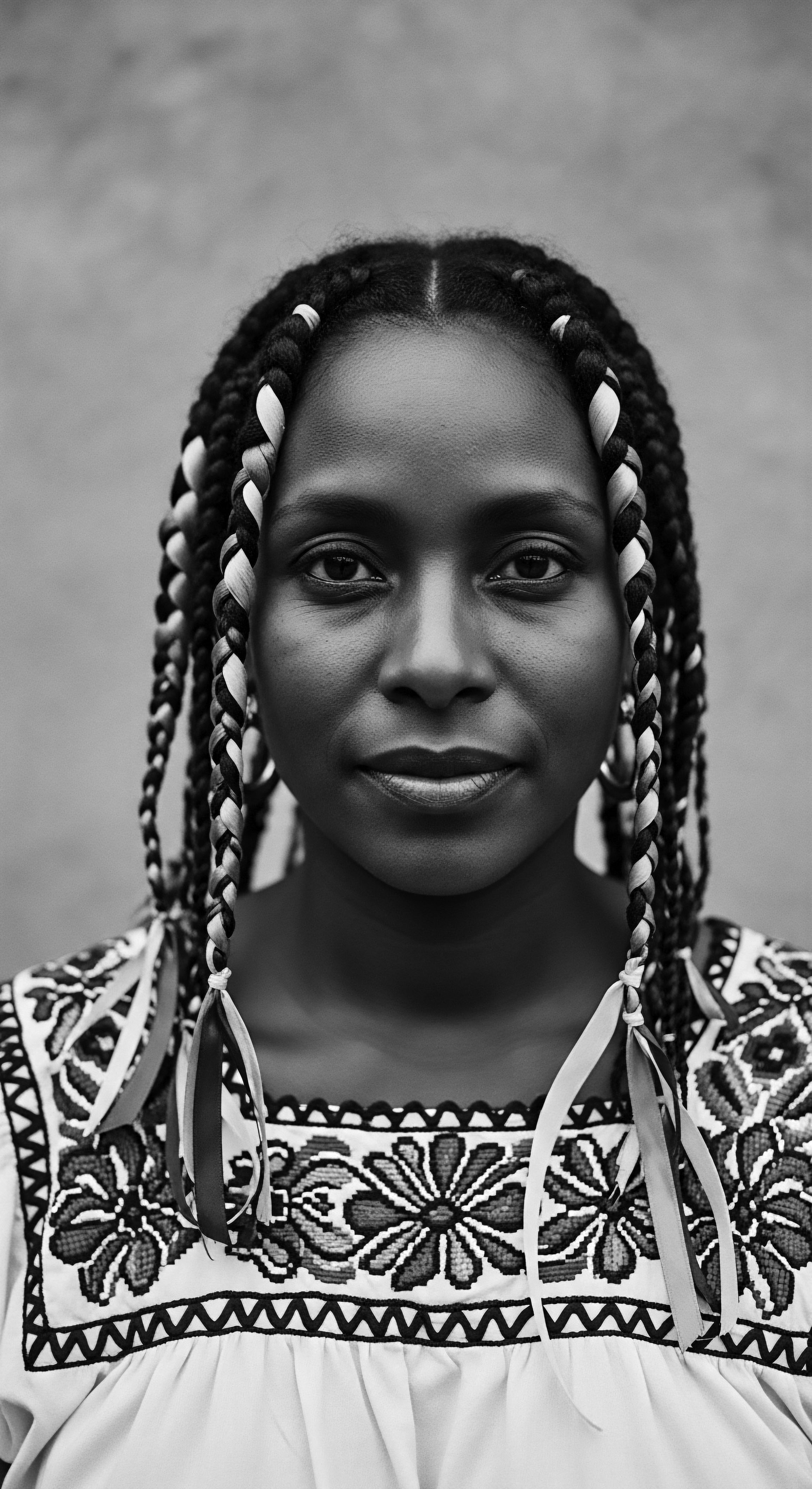
Gourd Uses in Antiquity
Meaning ❉ A comprehensive exploration of the historical and cultural uses of gourds, particularly in ancient textured hair care and ancestral beauty practices.

Can ancestral hair practices improve contemporary textured hair resilience and appearance?
Ancestral textured hair practices deeply rooted in heritage offer profound benefits for contemporary hair resilience and appearance.
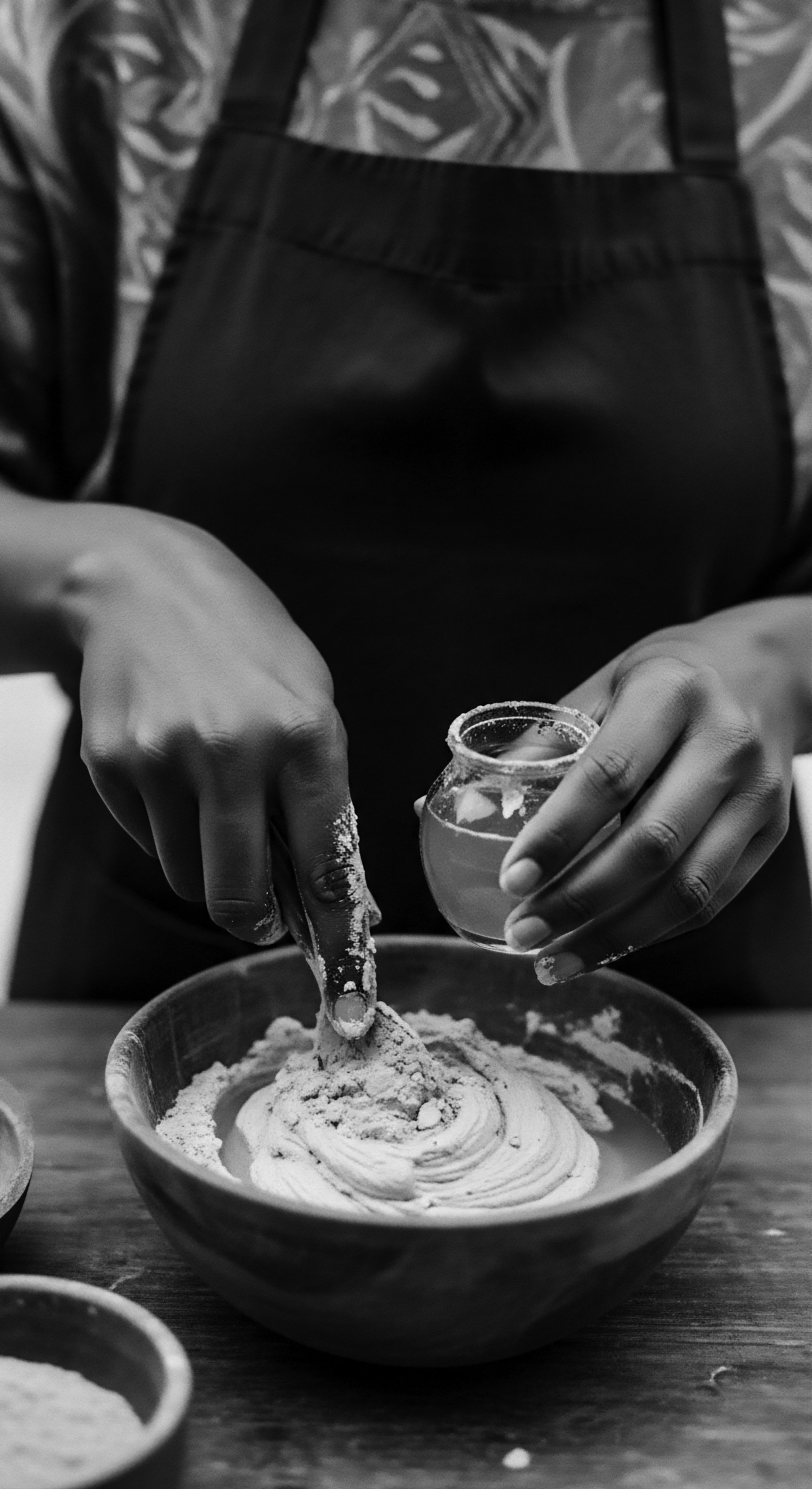
Which traditional oils strengthen textured hair over time?
Traditional oils strengthen textured hair by penetrating the strands, sealing moisture, and protecting against damage, a legacy rooted in ancestral practices.

What traditional practices supported textured hair’s vitality globally?
Traditional practices globally preserved textured hair’s vitality through natural remedies, protective styling, and holistic, heritage-centered care.
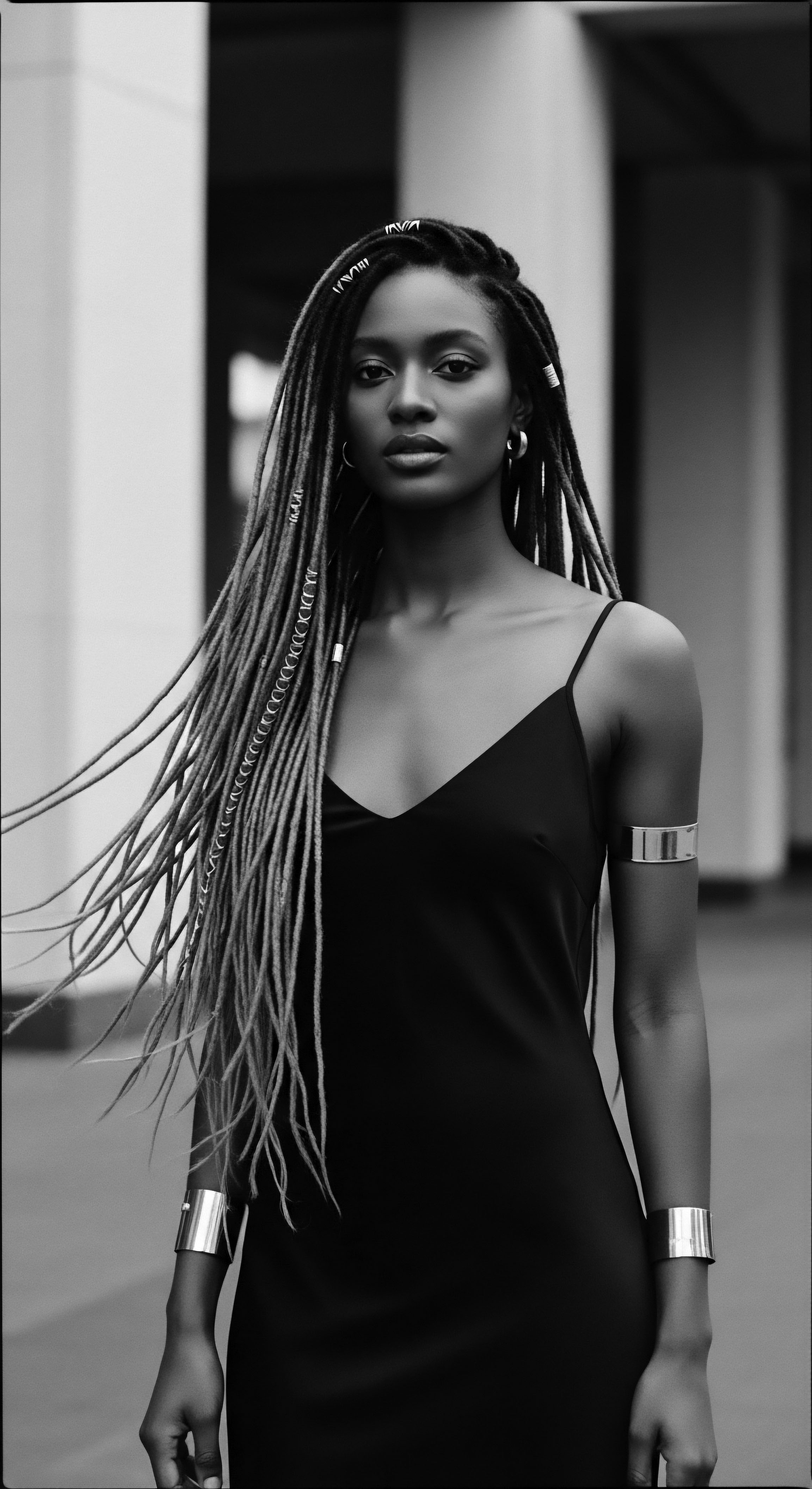
What ancestral oils aid textured strands?
Ancestral oils, deeply rooted in Black and mixed-race hair heritage, fortify textured strands by providing deep moisture and protection.
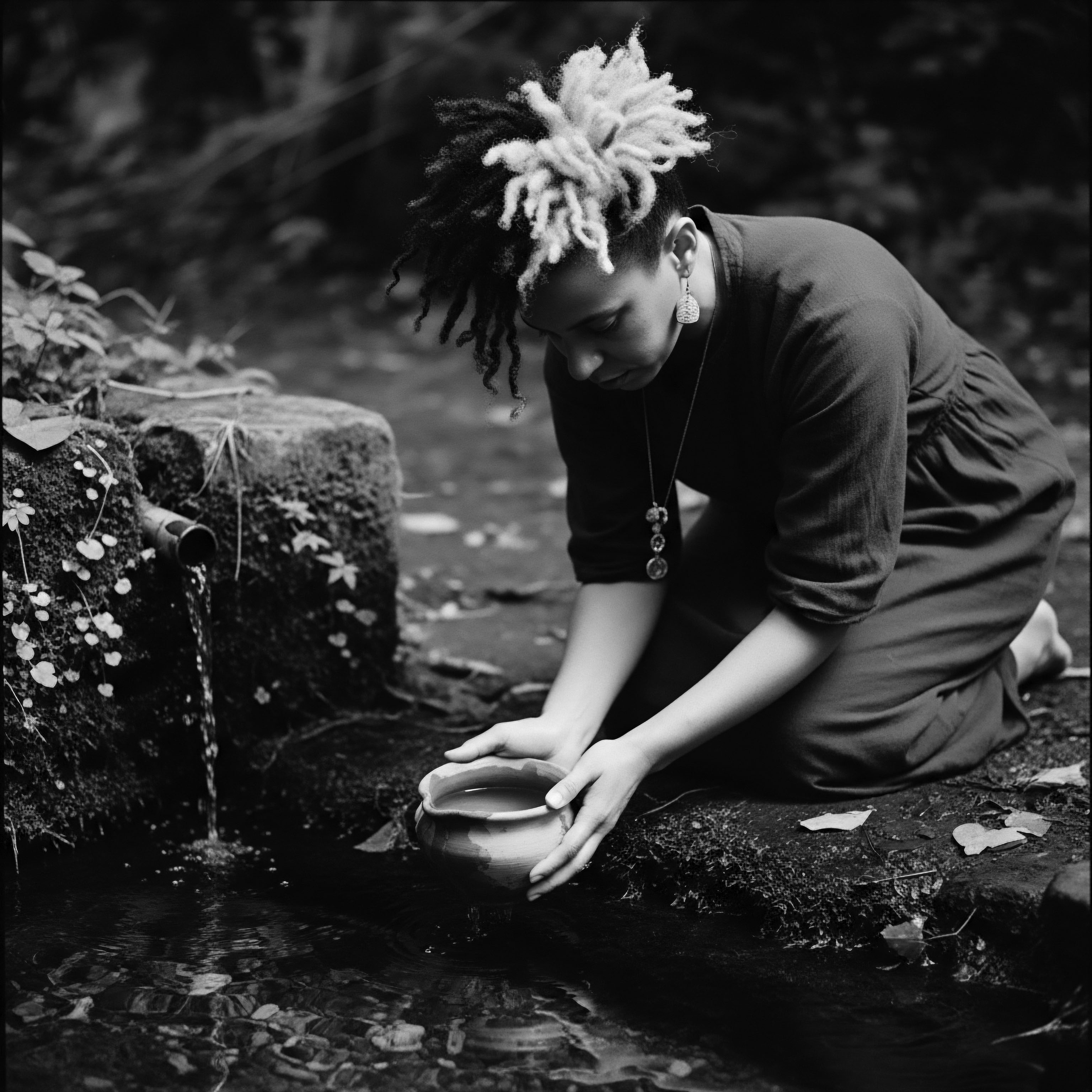
How did ancestral practices shape hair styling heritage?
Ancestral practices shaped textured hair heritage through protective styles, natural ingredients, and symbolic meanings.

